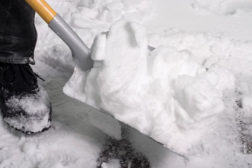Home » cold stress
Articles Tagged with ''cold stress''
Despite icy temps, some outdoor work goes on
CPWR offers tips for surviving cold
January 7, 2014
Never miss the latest news and trends driving the safety industry
eNewsletter | Website | eMagazine
JOIN TODAYCopyright ©2024. All Rights Reserved BNP Media.
Design, CMS, Hosting & Web Development :: ePublishing


